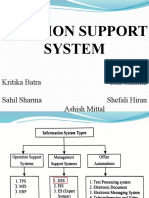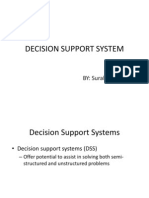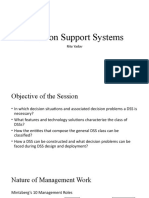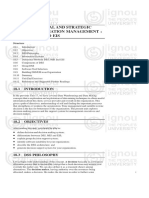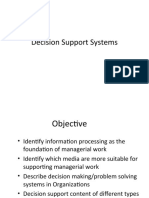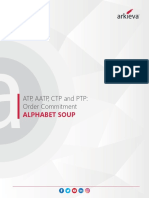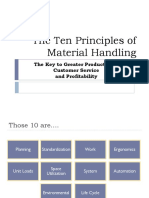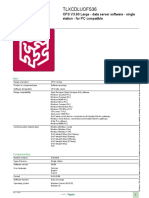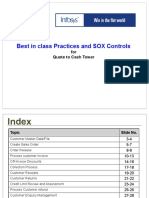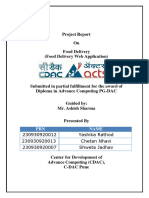0% found this document useful (0 votes)
26 views36 pagesDecision Support System
Decision Support Systems (DSS) are interactive computer-based systems that assist managers in making decisions in semi-structured and unstructured situations by providing relevant information, models, and data manipulation tools. They are designed to support various managerial tasks, from financial planning to disaster management, and utilize historical data for predictive and diagnostic analytics. DSS can be classified into different types, including data-driven, model-driven, and knowledge-driven systems, each serving specific decision-making needs across organizational levels.
Uploaded by
Khush ShahCopyright
© © All Rights Reserved
We take content rights seriously. If you suspect this is your content, claim it here.
Available Formats
Download as PDF, TXT or read online on Scribd
0% found this document useful (0 votes)
26 views36 pagesDecision Support System
Decision Support Systems (DSS) are interactive computer-based systems that assist managers in making decisions in semi-structured and unstructured situations by providing relevant information, models, and data manipulation tools. They are designed to support various managerial tasks, from financial planning to disaster management, and utilize historical data for predictive and diagnostic analytics. DSS can be classified into different types, including data-driven, model-driven, and knowledge-driven systems, each serving specific decision-making needs across organizational levels.
Uploaded by
Khush ShahCopyright
© © All Rights Reserved
We take content rights seriously. If you suspect this is your content, claim it here.
Available Formats
Download as PDF, TXT or read online on Scribd
/ 36





